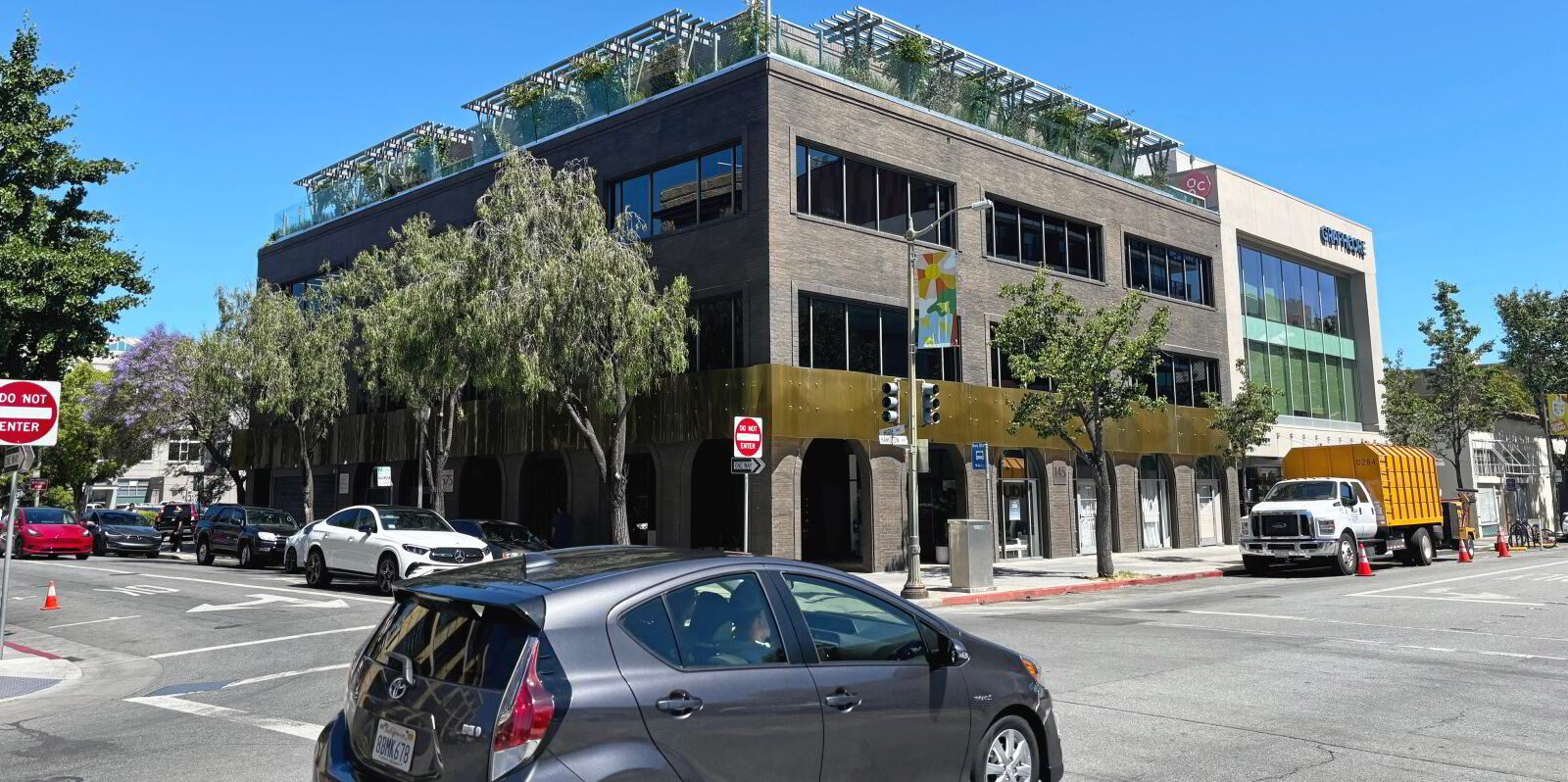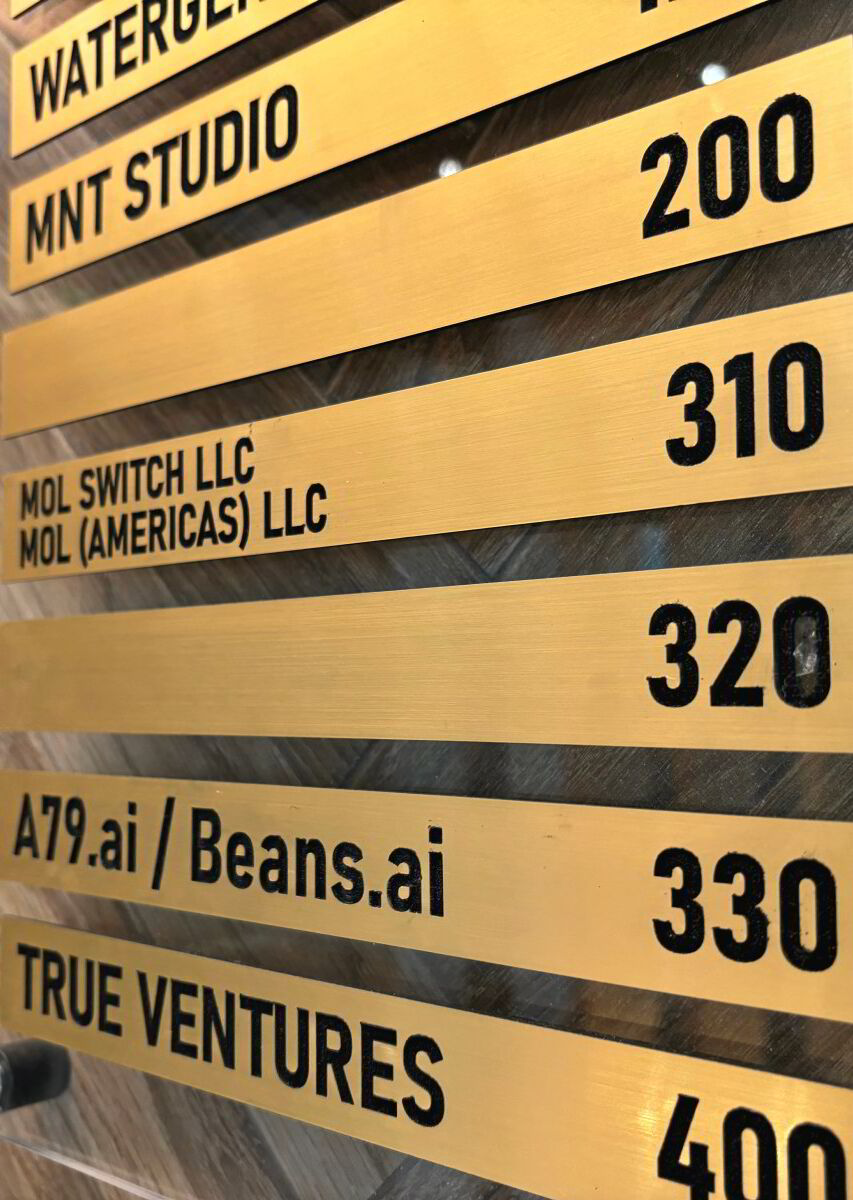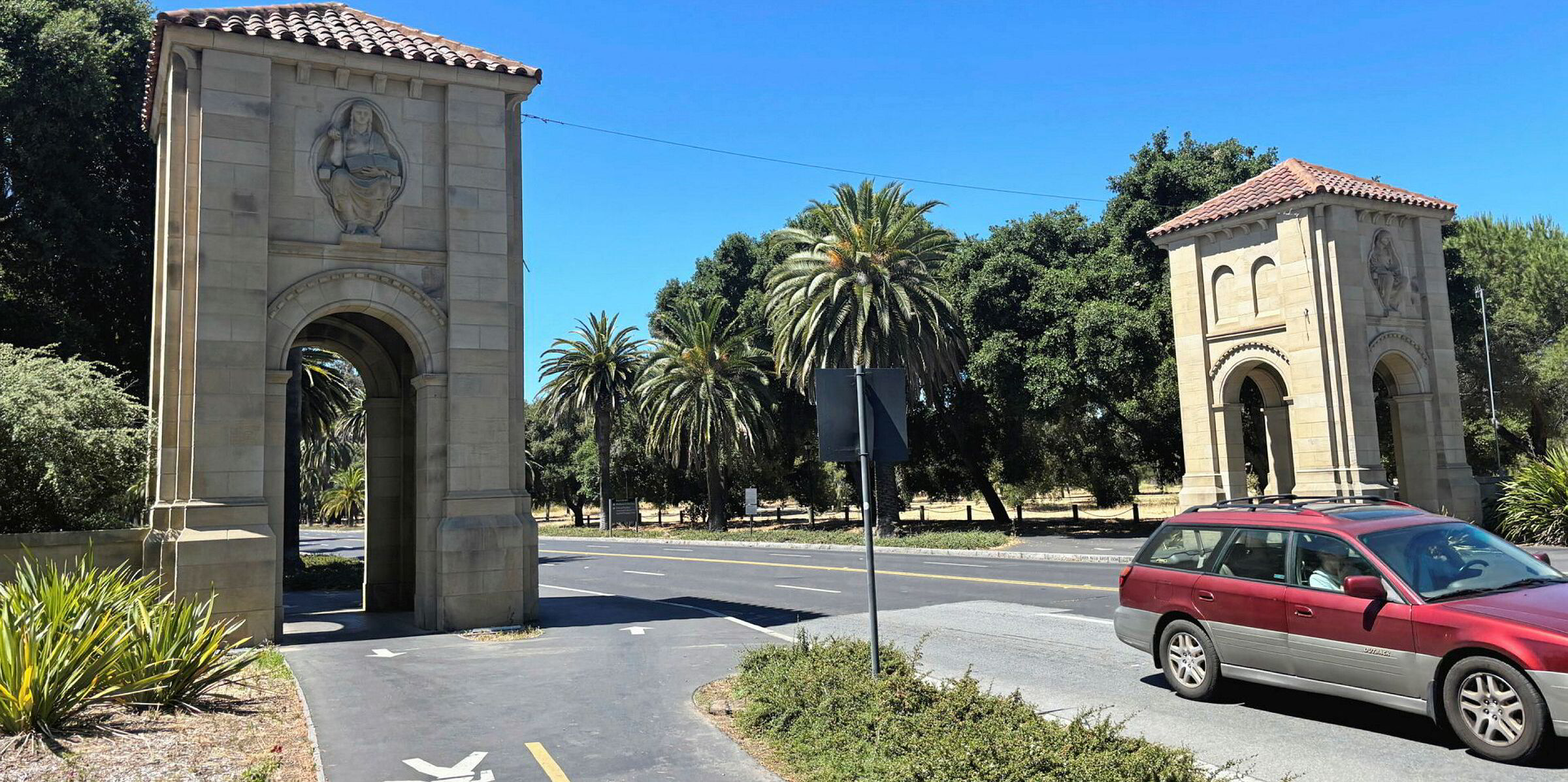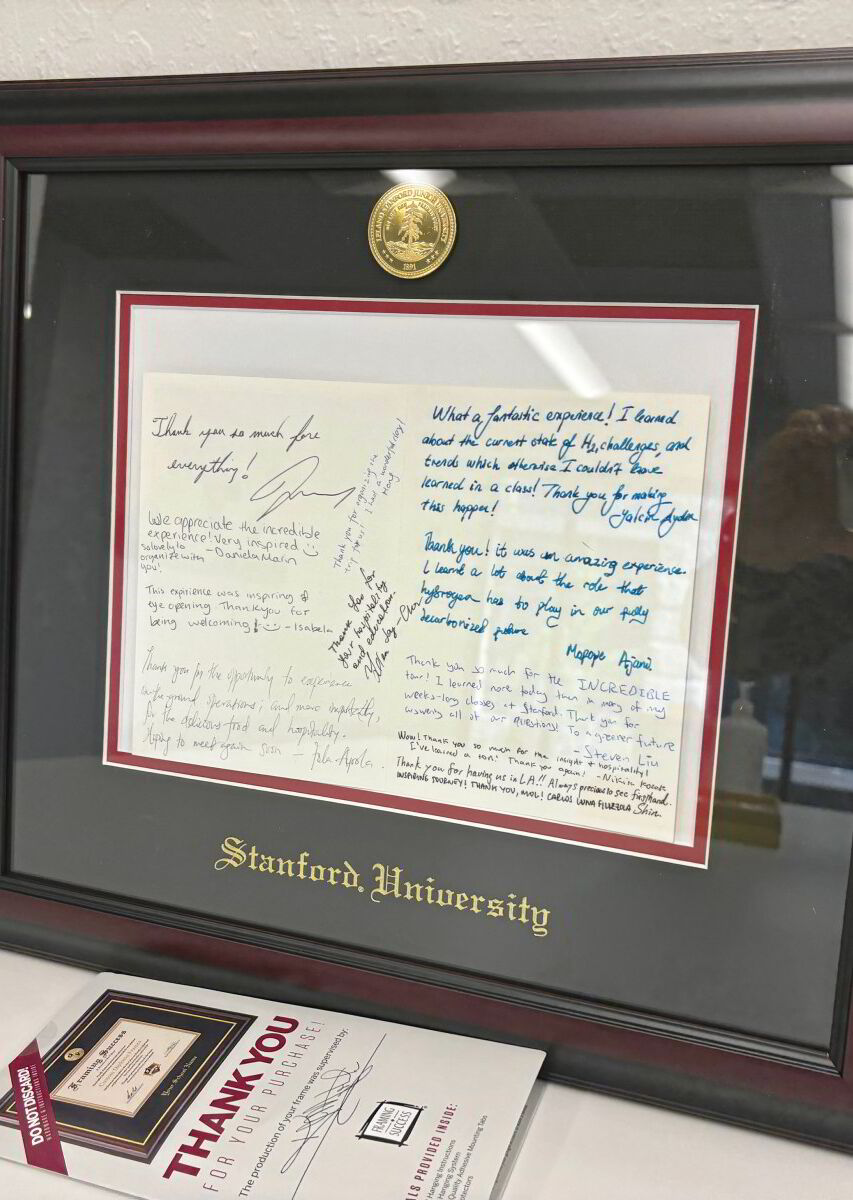In California’s leafy suburb of Palo Alto, the top US executive of one of shipping’s largest companies works in a tiny, nondescript office a short walk from Stanford University.
Mitsui OSK Lines managing executive officer Tomoaki Ichida, who heads the company’s Americas operation, has set up what appears to be shipping’s lone outpost in the city that is the beating heart of Silicon Valley.
The Japanese shipping company has given him a three-year budget of $100m to invest in climate tech start-ups and venture capital funds in an innovation hub often synonymous with the term.
Ichida said there are many innovation centres in the world. Even in the US, Austin and Boston are growing hubs.
But the Silicon Valley is where a who’s who of tech giants were founded — sometimes in garages of future billionaires — including the likes of Tesla, Amazon, Apple and Google.
“In Palo Alto, there’s an ecosystem to create new technologies,” Ichida told TradeWinds.
The company has tapped this ecosystem by setting up MOL Switch, a corporate venture capital fund to spend that budget in a way that drives a shift — or switch — in the way industry thinks about energy.
With Ichida as its chief executive, the unit was created last year to focus on a few key areas of climate tech. One is the hydrogen value chain, where it has invested in a company focused on producing ammonia from green hydrogen and is also looking at other low-carbon energy. It is also focused on carbon removal and battery technology.
- AP Ventures: UK-based venture capital firm investing in hydrogen and carbon-neutral technologies.
- MCJ Collective: US venture capital firm supporting technology start-ups focused on energy transition and climate resiliency.
- Heirloom Carbon: Developer of direct air capture technology to permanently remove CO2 from the atmosphere.
- Core Power: UK-based developer of new nuclear technologies for the maritime sector, including propulsion and floating power production.
- Starfire Energy: Colorado-based company that is commercialising modular green ammonia systems to economically make the zero-carbon fuel from renewable electricity.
Before setting up its venture capital arm, Tokyo-headquartered MOL mapped out where it saw its current and future business and decided that venture capital, a name for financing early-stage companies, was a way to explore new technologies and pursue opportunities.
The company, after all, is aiming to invest further upstream and downstream in the industries that are emerging as a result of decarbonisation.
In addition to pursuing net-zero greenhouse gas emissions by 2050, MOL chief executive Takeshi Hashimoto announced last year that the company wants to establish itself as a “global social infrastructure company” — a term for outfits that aim not just to make a profit but enhance the quality of life.
“Of course, it may take long to create value and create business in climate tech but … we want to be a company that contributes to society even 100 years later,” Ichida said.
“I believe those technologies will support us to be a social infrastructure company in the future.”
Ichida has seen a key benefit of being in Silicon Valley. The company has developed a relationship with Stanford, the alma mater of tech legends such as Apple’s Steve Jobs, Tesla’s Elon Musk and Google’s Larry Page.
The company had no connection with the university before.
“Now we are very close,” he said, citing the example of a recent outing in which MOL invited students from the university to tour the ports of Los Angeles and Long Beach.

“Some of the brightest students in the world came to the port and were so excited to see the port operation.”
He believes those bright young minds will probably have good ideas to tackle maritime greenhouse gas emissions.

Ichida hopes there will be more collaboration, as he said the university shares MOL’s goal of decarbonising transportation.
Also, he said MOL Switch’s location has led to many introductions with tech innovators, through Stanford and other venture capital firms in Silicon Valley.
“Without having an office here, I believe it would be difficult to reach out to start-ups,” Ichida said.
MOL Switch has started pumping cash into some of these start-ups.
Among its investments is Core Power, which is working on nuclear energy for propulsion for ships and floating power solutions.
Ichida said he sees obstacles for the technology to become a new fuel to power ships, though there may be more opportunities for offshore power generation.
“We monitor this technology as one possible solution for decarbonisation,” he said.
Ichida, who declined to say how much of the $100m venture capital venture budget had been spent, also highlighted MOL Switch’s investment in Heirloom Carbon, which operates the first commercial-scale facility in the US for direct air capture technology that sucks CO2 out of the atmosphere.

Another is Starfire Energy, which makes modular power systems fuelled by ammonia.
That MOL chose Ichida to lead this technology drive is no surprise.

In 2019, he became the leader of e5 Lab, which developed electric bunker tankers, and he served as executive officer of MOL’s energy business strategy division.
However, he emphasised that he is not the only MOL team member committed to climate tech. Interest can be found throughout the company.
For example, in the Tokyo headquarters there are many young people.
“They are very interested in climate technology as well as the traditional shipping industry,” Ichida said.
And outside Japan, MOL employees are exploring new business while still working on the company’s shipping core, he said.
And Ichida, who has worked at MOL for 30 years, said he hopes Silicon Valley will remain part of that global picture for the long term.
“The most important thing is to keep our office and activities in Palo Alto for a long time in order to create value and engage the next and the next-next generation,” he said.



